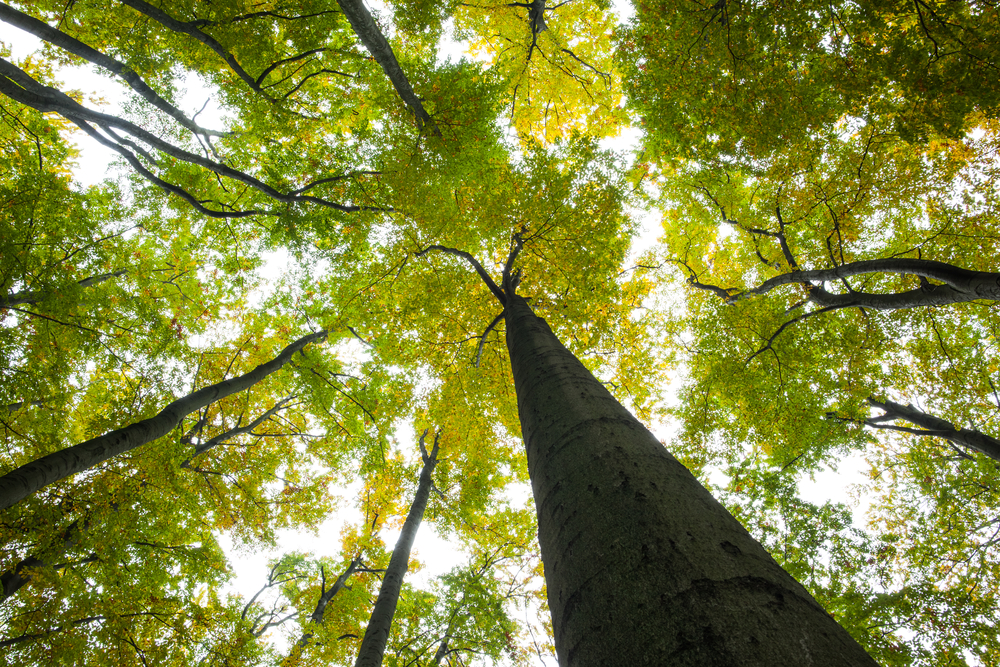How Precision Forestry Transforms the Forestry Industry

Precision forestry refers to the use of technology to collect data and analyze it using artificial intelligence and automated learning software to provide information to people about decisions on site. Seeking to improve wood quality, reduce illegal logging, avoid deforestation, minimize waste, improve the security of workers and generate greater returns for the company.
This new focus on forestry is being used to replace the traditional system that has gone without changes for more than three centuries. It includes a wide range of technologies, like drones or unmanned aerial vehicles (UAV), laser scanning (LiDAR) and land sensors.
What are their benefits?
The use of these technologies provides important improvements for forestry management, permitting:
- Strict control over operations thanks to improved data collection.
- Better-designed recipes to adapt to the place and needs, for example, species selection and seeding based on site characteristics improving seedling survival.
- Automation of operations throughout the chain from nurseries to wood logistics.
- Optimized decision making based on data and information.
- Health monitoring for trees thanks to the timely detection of pests, diseases, and droughts.
- Combination of data about the growth of trees, potential logging and environmental conditions to plan growth models for the future.
Applications
These are some of the applications that the industry uses to improve their operations and management through data and information:
Mechanized harvesting to improve safety, productivity and process control. An example is the Cut-to-length (CTL) system. The instructions to cut are transmitted in real time to loggers, the computers optimize the degree mix of the truck for each tree, using sensors mounted on the logger to measure the shape and quality of the trunk. Production data is linked to a GPS and transmitted to the office, along with the data about the productivity of the machine and other performance indicators.
The sensors are used to collect data on the field about the soil and individual plants to provide specific information to support the applications. This makes it possible to make granular prescriptions adapted to the specific needs of the site, like fertilization and drainage to improve cost-effectiveness of interventions, often based on soil sensor data.
Digital monitoring with unmanned aerial vehicles (UAV), or utilizing satellites to control pests, diseases, fires or other threats, generating early alerts to coordinate the response to minimize damage or extinguish forest risks in the case of a fire.
Digital inventory provides measurement of current forest assets (volume, species and sometimes degree of mix) by aerial remote sensors like LiDAR (Light Detection and Ranging). This technique provides accurate three-dimensional mapping of the land and the forests, providing information on the shape of the trees, density of the leaves, underground forest vegetation, detection of surface and underground diseases, among others.
The technology is already in the forests and operations are becoming more efficient and intelligent. Digital transformation is already happening in the forestry industry.
Softtek supports you in the transformation of the forestry and cellulose industry. Contact an advisor by clicking here.


